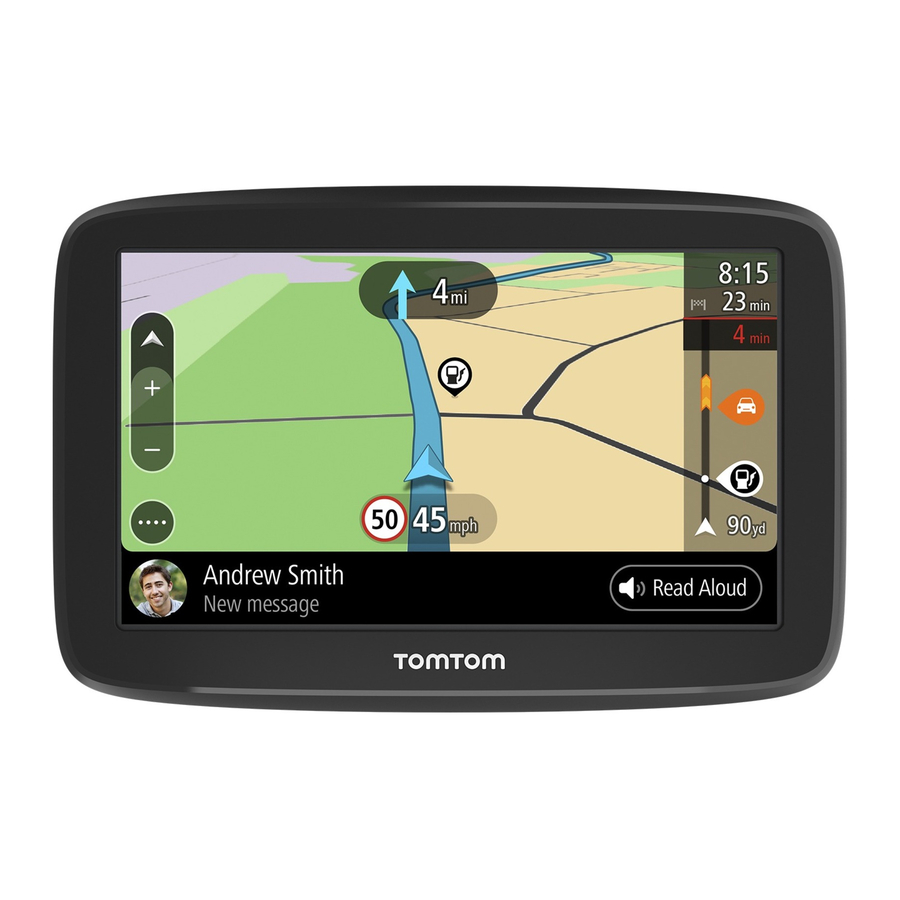Traditional routing, using maximum speed limits
Traditional routing methods use maximum speed limits in their calculations, which is great in theory. However,
this information is not accurate in practice because of all the things a speed restriction sign cannot know –
but local drivers can.
It does this by using the trip data from more than seven million TomTom customers worldwide and is
downloaded when they connect their device to TomTom HOME. This is a seamless exercise, and anonymous,
effectively using the experiences of the whole TomTom community to deliver real value back to those with the
IQ Routes feature.
The data is analysed to discover actual patterns in driving speeds. The traditional method used 0.85% of
the maximum speed limit in its calculation – IQ Routes uses the speeds people are actually driving on those
roads. Since we are working with real information, all kinds of local delay are picked up, and the device uses
this information to plan a route that will get you there more quickly, even if the maximum speed limit on the
smarter route is the same or lower. Effectively, this means that all TomTom users can drive like a local, with
the ability to take the fastest 'local' route, even in places they don't know.
These more reliable speed patterns can be quite different to the limit. How many times have you passed
a speed limit sign in traffi c thinking 'if only I was actually going this fast...'? This is exactly the kind of
information IQ Routes taps into to give users routes that they can rely on.
With IQ Routes users can be satisfi ed that they are taking the best route possible, making drives more
comfortable and predictable, getting there on time and stress-free.
This technology is part of the next generation of navigation, delivering real smart routing for the 21st Century.

